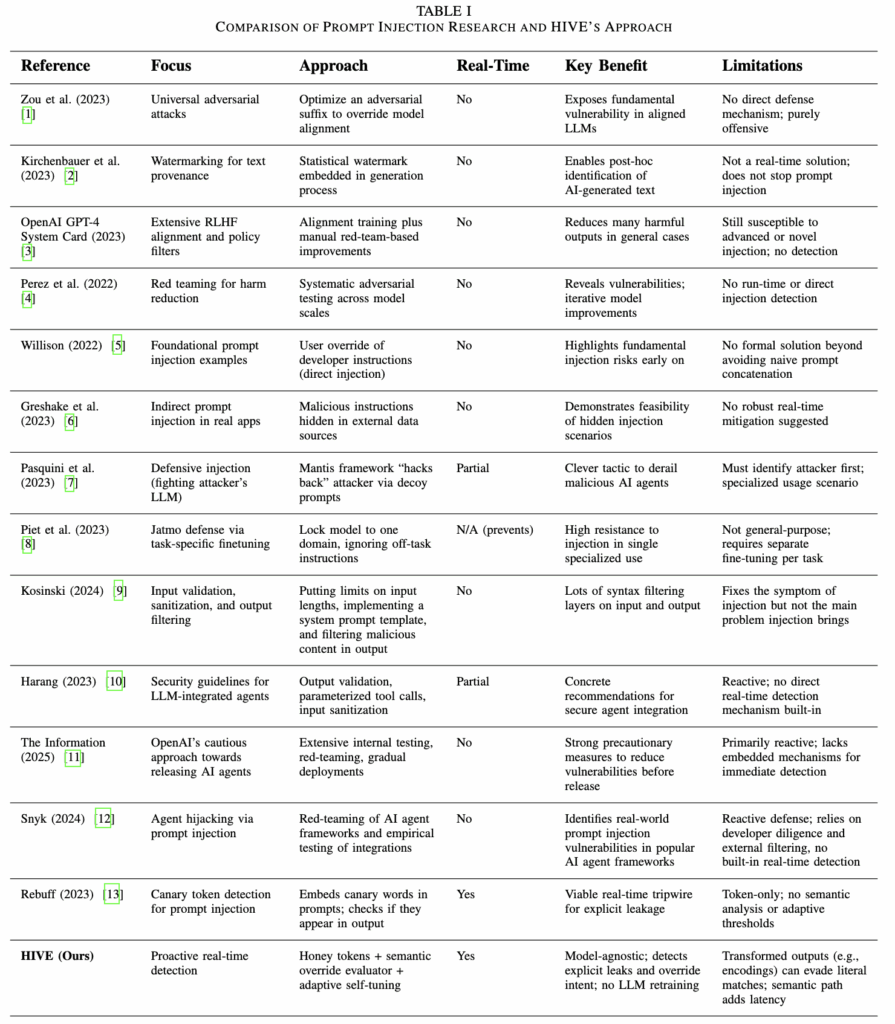Tools it used: Overleaf.
1. Section 1 (Introduction)
The problem you are solving should be important – cite to references saying the problem is important and must be solved. Do NOT describe your solution or proposed approach here. Simply document what the problem is…
2. Section 2 – Related work
Identify 5-10 related papers and select those papers that are from good and reliable sources, and have test sets that you can try out and also code that you can use. Then identify where these related papers miss important information and what gaps they do not address. Create a table like those in the two papers attached. Each related reference is a column or a row and the other column or a row is an attribute. Do NOT say there is no paper that solves a similar problem like yours. There will be references that solve similar problems.


3. Section 3: Your proposed approach
When you propose an approach, you will focus on using the test benches in the Related Work (by others) to show your improvement.
4. Section 4 (Testing Your implementation)
Here you describe your implementation of your proposed approach and how you will test it to show you are better than related work.
5. Section 5 (Testing of Your Implementation)
Here you test your implementation to show benefits over other Related Work.
Please focus on the sections in that order. Do NOT directly jump to your proposed approach unless you know what weaknesses other approaches by others have and what their test benches show.